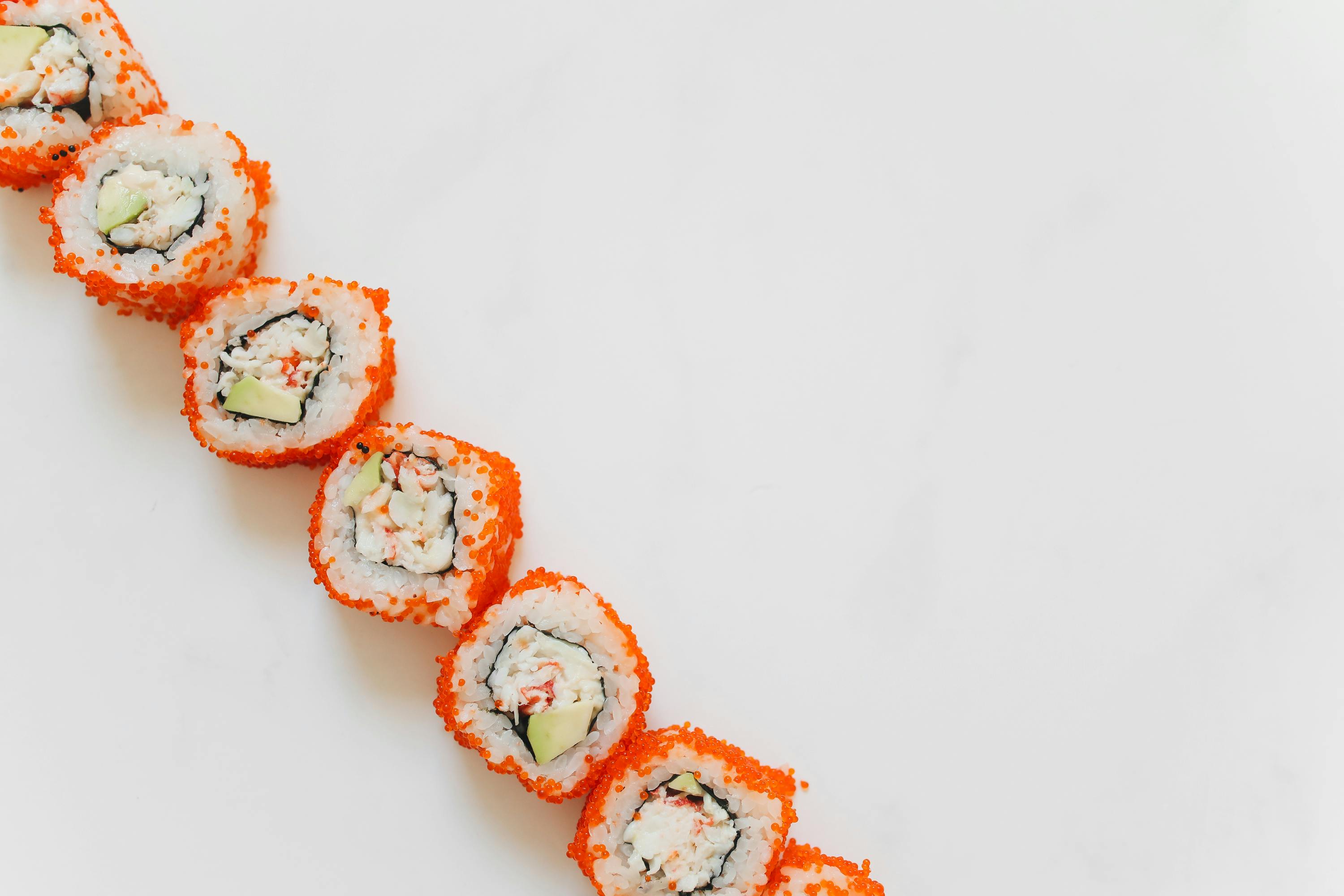Sink Materials
Most pedestal and wall-hung sinks are made from vitreous porcelain, and the same qualities that make this material a good choice for toilets also work well for sinks: a durable, abrasion-resistant, and easy-to-use surface. to clean that maintains its shine. Choose vitreous porcelain sinks, especially pedestal ones, with care, especially if you are not familiar with the brand, because any ceramic manufacturing process produces a large number of seconds that can have defects ranging from small imperfections or depressions in the surface to fine cracks and deformed or misaligned contact surfaces. This can mean self-rim recessed sinks that don’t sit flat (particularly larger ones) and two-piece pedestals that just don’t fit properly.
Enameled cast iron has most of the good qualities of porcelain and is much less prone to cracking. Cast iron is strong, rigid, and quiet when water enters, although it can chip if mishandled during shipping or if a hammer is dropped during installation. Cast iron sinks are very heavy, which may not make much of a difference to smaller sinks, but can make it difficult to handle larger sinks in the back.
Enameled steel is similar to enameled cast iron but considerably lighter and less expensive. It is much more likely to splinter than enameled cast iron because its porcelain coating is thinner and steel is more flexible. Water entering it also makes more noise and cools more quickly because the thin steel walls tend to dissipate heat quite quickly. Formerly a low-budget alternative to porcelain and cast iron, enameled steel appears to be rapidly losing ground to synthetics that are competitively priced and perform just as well, if not better. I’ve removed some of these sinks in remodel, but haven’t put in any new ones lately.
Cultured marble is one of those synthetic materials and has been around for a long time. Cultured marble, like cultured onyx and cultured granite, is technically a fused polymer, created by mixing crushed minerals such as marble, onyx, or limestone with a polyester resin. This mixture is then poured into a mold and cured at room temperature. Like fiberglass, the surface is usually gel coated in the actual color and pattern of the sink, so some polymer cast sinks are prone to scratching and damage. One problem often associated with molten polymer sinks is “cracking” or cracks and blisters in the gel coat. This typically occurs around the drain opening and is caused by alternating hot and cold water thermal shock, abrasion from cleaning, and / or a gel layer that is too thin or too thick. Much of the market for low-end and DIY sinks has been dominated by these sinks, in part because they are relatively inexpensive and look good on the shelf. Some of the newer and more expensive cast polymers have a higher percentage of materials like quartz, which is very hard and not gel-coated. These cast polymers are much more resistant to heat and impact and can be sanded, making damage repair easier.
Solid surface materials like Corian and Surell are similar to cultured marble in that they can also be molded into one-piece sinks / countertops that are easily cleaned. They have the advantage of having colors and patterns that are an integral part of the material, so repairs can be made simply by sanding teeth and scratches, and non-porous synthetics are stain resistant (though not smudge proof). Individual sinks are also available, although they are generally laminated to larger countertops of the same material. Expect to pay a lot more for solid surface sinks than for cultured marble.
Ceramic earthenware bowls offer a colorful and organic alternative to mass-produced sinks. Because they are handcrafted, these sinks have irregularities that sometimes make getting them to fit properly a challenge, especially those made outside of the United States. Often these sinks do not have an overflow, a secondary outlet to the drain to prevent a clogged sink from flooding, which is sometimes required by local building codes. And because they are somewhat brittle, they require careful installation so that everything fits well enough not to leak, but not so much that it fractures the container.
But they add a personalized touch to a bathroom, particularly when paired with tiles of the same ceramic.
Stainless steel sinks have long been popular in the kitchen, and their somewhat industrial look sometimes lends itself well to bathrooms. They are undoubtedly durable and easy to clean. There is a wide range of quality in stainless steel sinks, with a corresponding price range. The best ones have a higher percentage of chromium and nickel, which makes them more resistant to stains and corrosion, and they are generally made of 18-gauge stainless steel, which makes them stronger and gives them a higher shine. Less expensive sinks feel flimsier because they’re made from lighter 22-gauge (or less) steel; they have a duller finish, tend to be noisy, and tend to warp.
Metal sinks are also available in brass, copper, aluminum, and bronze. Sometimes these sinks are mass produced, but most of the time the more esoteric ones are handmade, and the same reservations that apply to ceramic sinks apply here. Like handmade ceramic sinks, metal sinks can be difficult to install and sometimes require some modification to fit your plumbing and fixtures. Tempered glass sinks are also available in several distinctive styles, including a countertop-mounted sink.


